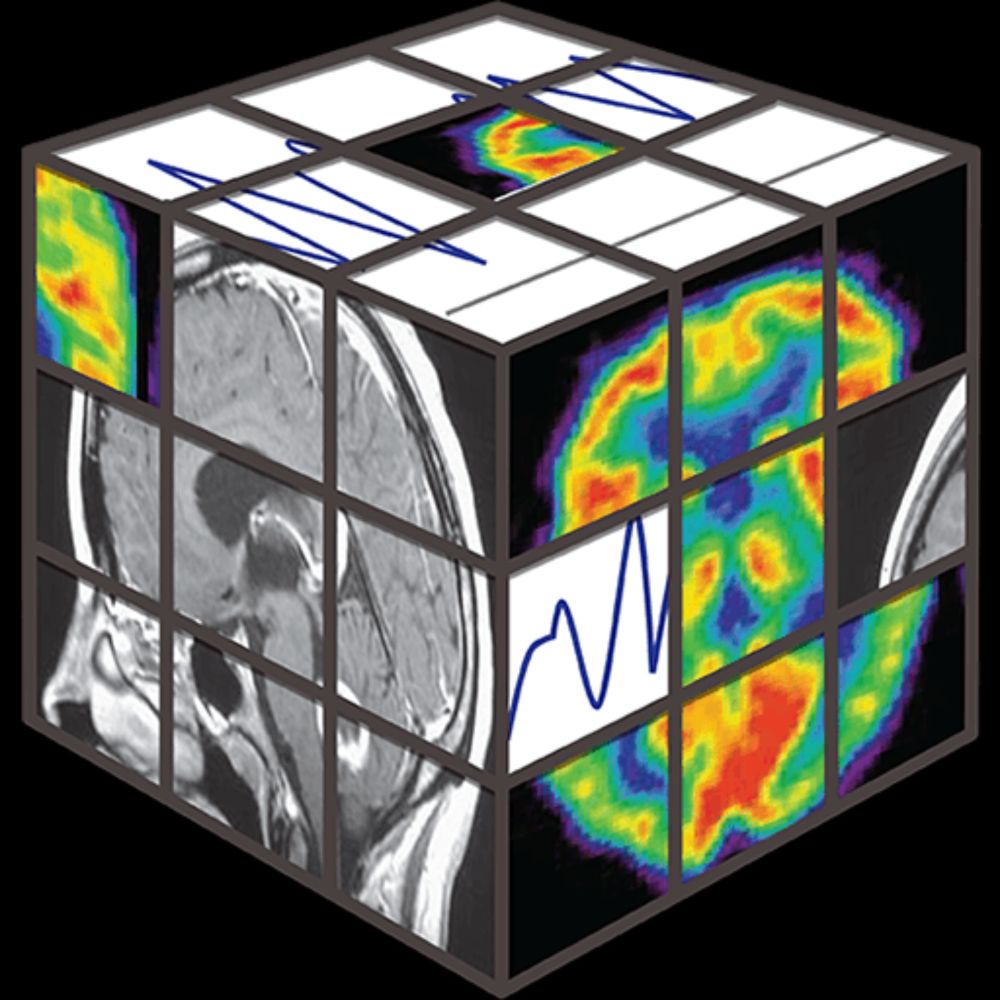Journal of Cognitive Neuroscience (JoCN)
@jocn.bsky.social
1.4K followers
25 following
67 posts
peer reviewed journal published by MIT Press. JoCN publishes papers that bridge the gap between descriptions of information processing and specifications of brain activity. neuropsychology, experimental psychology, neurology, computational modeling, AI ..
Posts
Media
Videos
Starter Packs
Reposted by Journal of Cognitive Neuroscience (JoCN)
Brad Postle
@bradpostle.bsky.social
· Aug 5

Annual Meeting - Cognitive Neuroscience Society
March 7 – 10, 2026 Submit a Symposium Submit a Poster CNS 2026 Annual Meeting – March 7 – March 10, 2026 We invite you to join us at the Cognitive Neuroscience Society (CNS) 2026 Annual Meeting, March...
www.cogneurosociety.org